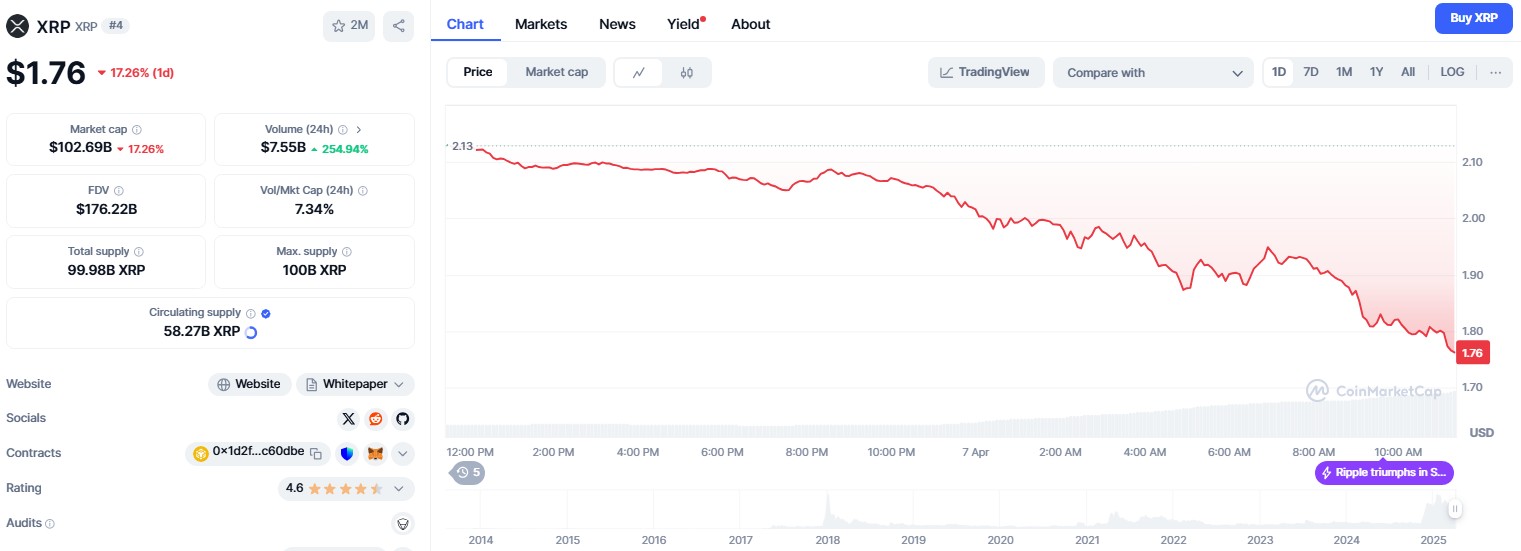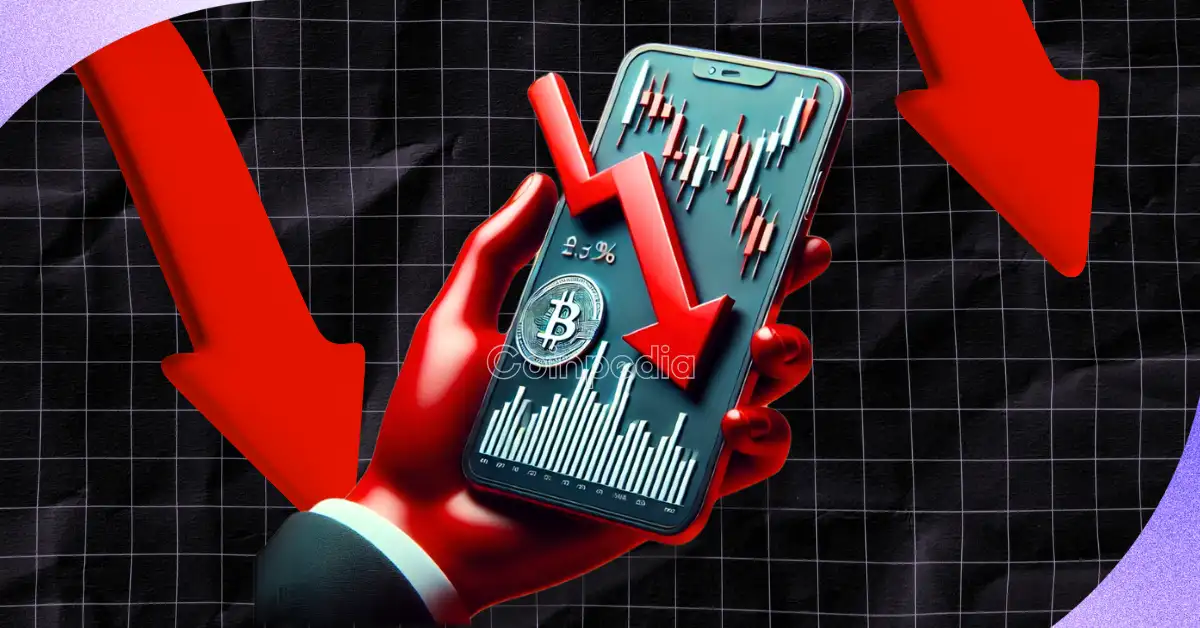 CaryptosHeadlines Media Has Launched Its Native Token CHT.
Airdrop Is Live For Everyone, Claim Instant 5000 CHT Tokens Worth Of $50 USDT.
Join the Airdrop at the official website,
CryptosHeadlinesToken.com
CaryptosHeadlines Media Has Launched Its Native Token CHT.
Airdrop Is Live For Everyone, Claim Instant 5000 CHT Tokens Worth Of $50 USDT.
Join the Airdrop at the official website,
CryptosHeadlinesToken.com

The Ethereum network is gearing up for significant upgrades, with the Pectra update expected in early 2025. Developers are currently focused on enhancing the platform’s technical framework. Beyond Pectra, plans are already underway for another upgrade, named Fusaka.
What Features Will Fusaka Introduce?
The Fusaka upgrade will incorporate various Improvement Proposals (EIPs) that had initially been set for Pectra but were postponed. According to Christine Kim, Vice President of Galaxy Research, the details of Fusaka remain unclear, creating a level of uncertainty regarding its timeline.
One prominent proposal, EIP 7549, aims to improve scalability through Layer-2 rollup technologies, allowing for increased blob capacity without burdening Ethereum nodes. Developers are targeting 12 significant code modifications, which will include updates to EOF code and integration of PeerDAS submodules.
How Will These Upgrades Affect Ethereum’s Value?
Market watchers are keenly interested in the potential price implications of the upcoming upgrades. While the Pectra and Fusaka updates promise to enhance Ethereum’s utility and user adoption, the ETH price has recently faced a decline from $4,000 to approximately $3,479.25, though a slight recovery of 1.09% was noted in the last day.
Furthermore, developers are still advancing the Beam Chain consensus layer, although updates have been sparse lately. Successful execution of the Fusaka upgrade is anticipated to reinforce Ethereum’s standing in the competitive cryptocurrency market.
- Pectra upgrade expected in Q1 2025.
- Fusaka includes postponed proposals for greater scalability.
- Market response to upgrades could impact ETH value.
These strategic upgrades illustrate Ethereum’s commitment to maintaining its relevance and competitiveness in the rapidly evolving digital currency landscape.
Disclaimer: The information contained in this article does not constitute investment advice. Investors should be aware that cryptocurrencies carry high volatility and therefore risk, and should conduct their own research.












